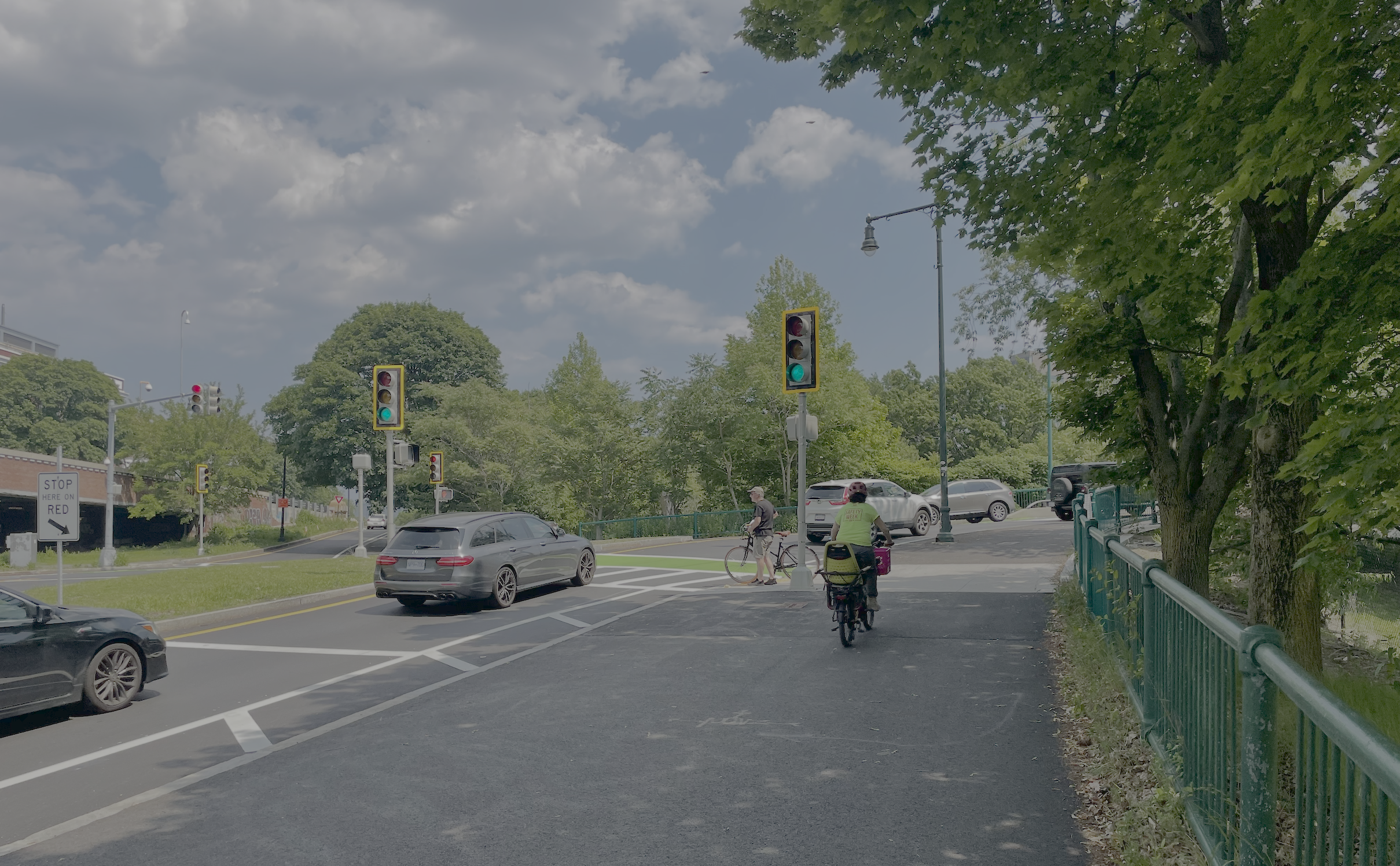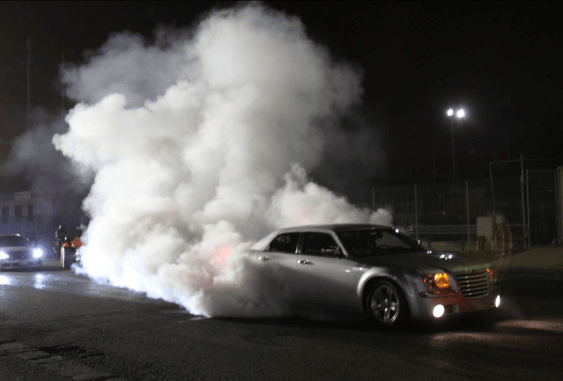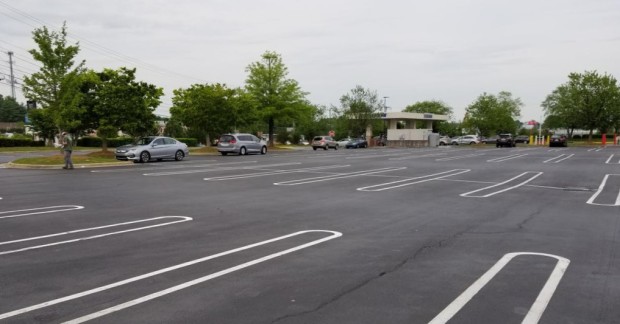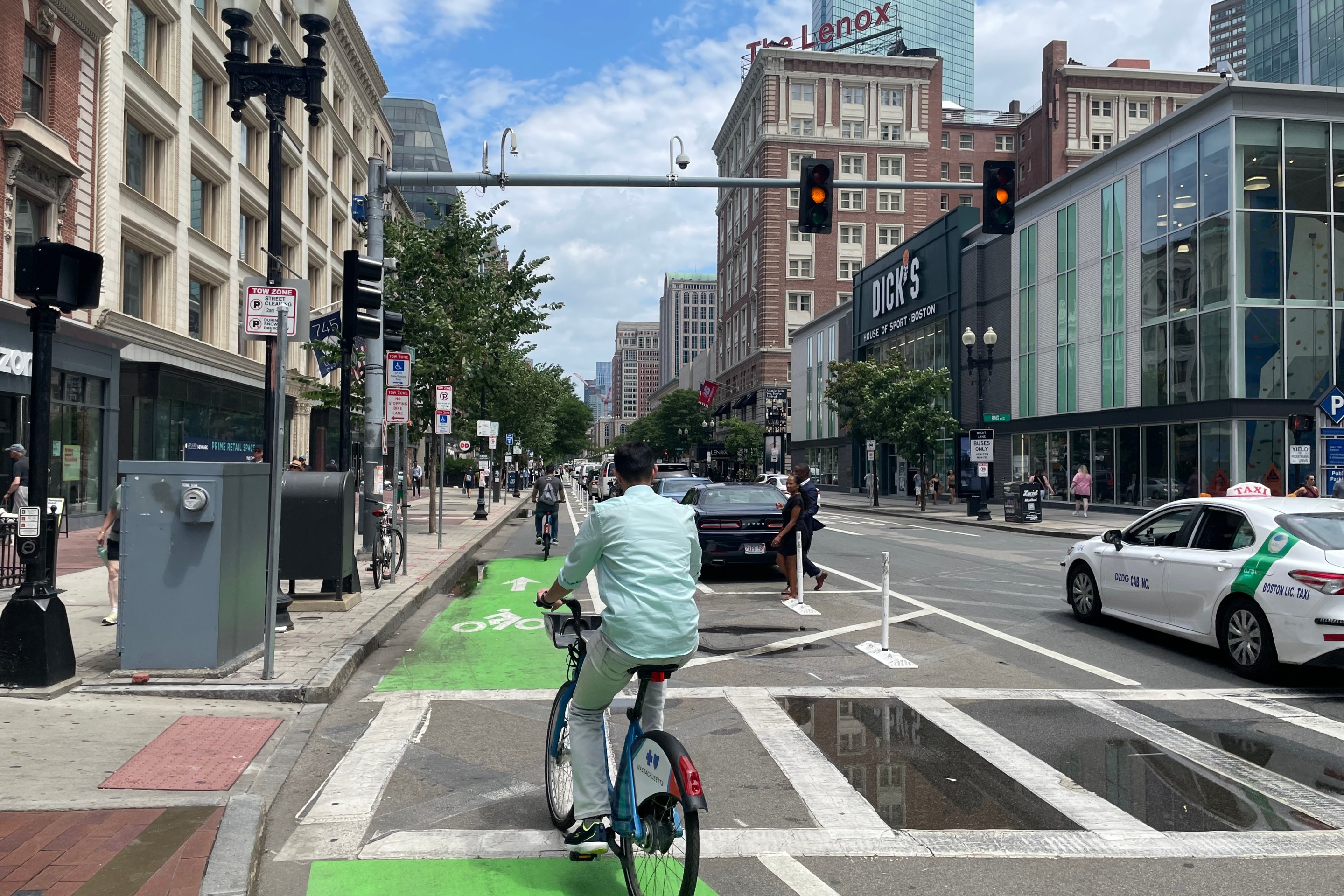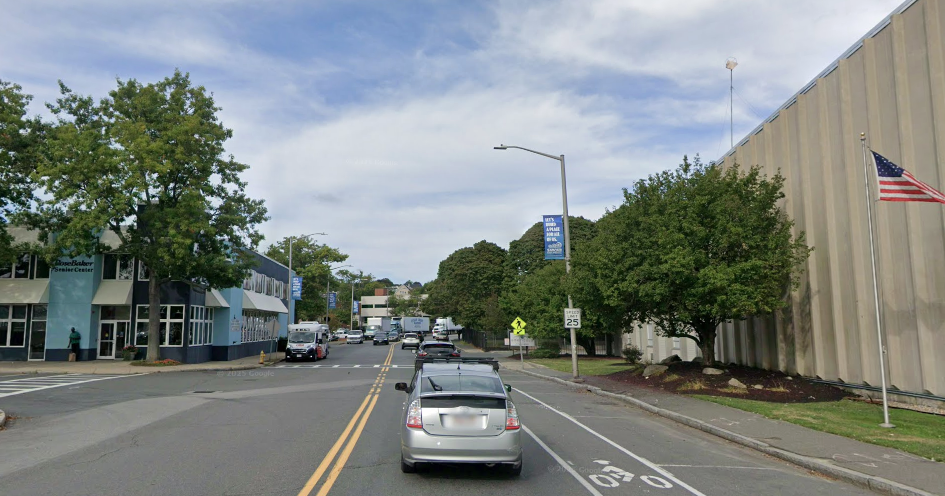Last September, an SUV driver steered their vehicle off the roadway to strike and kill John Corcoran as he was riding his bicycle along the Paul Dudley White bike path next to Memorial Drive in Cambridge.
Spurred by public outrage over the killing, multiple agencies and municipal officials have spent the past eight months since then working on a suite of safety improvements for the entire area, from Memorial Drive to Commonwealth Avenue on Boston's side of the river.
Many of the changes align with recommendations from the B.U. Bridge Safety Alliance, which has been advocating for improvements to the crossing between Cambridgeport and Boston since 2023.
In a recent thank-you letter to city and state officials, Ken Carlson, one of the lead organizers of that group, wrote that "the list of what you have done to improve safety on and approaching the B.U. Bridge is impressive... Just as impressive is the multi-agency collaboration that made this all possible."
StreetsblogMASS took a bike ride through the area this week to check out some of the changes.
A wider Paul Dudley White path
One of the first improvements to happen in the wake of John Corcoran's killing was a Department of Conservation and Recreation project to widen the Paul Dudley White path through the entire traffic circle on the northern end of the B.U. Bridge.
The improvement is especially noticeable just to the west of the B.U. boathouse, where a ghost bike memorial marks the site of Corcoran's killing.
Until last fall, the pathway was constrained to a poorly maintained, narrow sidewalk between the boathouse and the bridge. Now, the path is considerably wider, similar to the width of the path elsewhere on the Charles riverfront, and path users can pass each other comfortably.
These two photos show roughly the same location, in September 2024 (left) and in June 2025 (right):

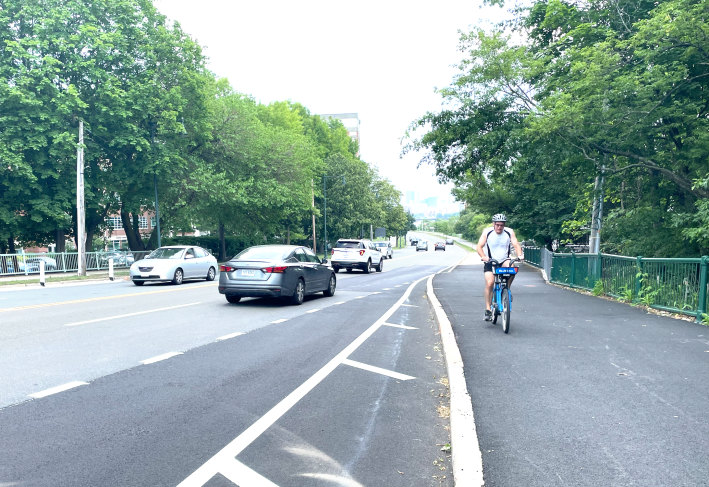
DCR widened the path west of the B.U. bridge as well, and has added some additional physical separation to the bike lanes that go around the traffic circle to connect the B.U. Bridge to Cambridgeport.
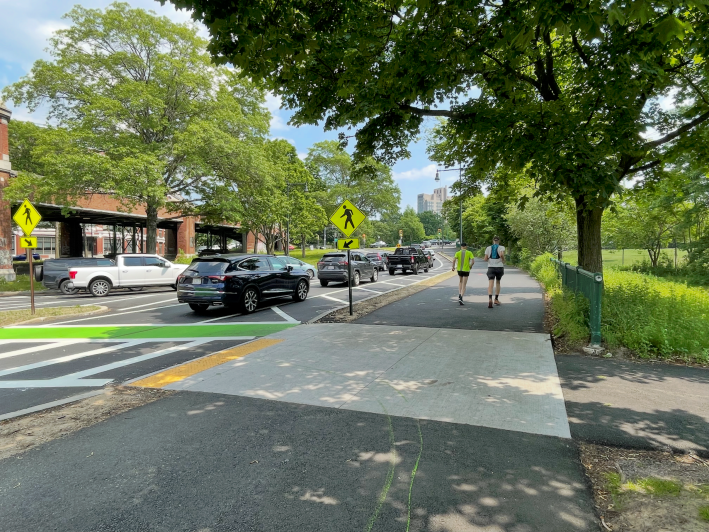
A better bike lane to Brookline and Boston
More recently, there have been some additional improvements to the bike lane and traffic signals at the southern end of the B.U. Bridge in Boston, which is part of a popular bike route between Cambridge and the Longwood Medical Area.
Previously, people on bikes approaching Commonwealth Avenue had been directed into a green, paint-only bike lane in the middle of the roadway, between a right-turn lane and two through lanes.

Now, the bike lane has been moved to the edge of the roadway, eliminating the need for bikes to merge into motor vehicle lanes. The City of Boston has added new bike-only traffic signals that give bikes the green light to proceed across Commonwealth Avenue – and a walk sign for pedestrians – only when cars in the right-turn lanes have a red light (see photo below).

These changes may seem more subtle, but they required considerably more bureaucratic coordination. The B.U. Bridge itself is controlled by MassDOT, but the traffic signals at the Commonwealth Avenue intersection are controlled by the City of Boston.
